When you haven’t seen the sun in days and the January blues are knocking at your door, it’s good to remember that winter is a great time to see wild birds in your garden. Those beautiful little garden friends fluttering around, chattering and looking for food can’t help but lift your mood. And it’s easy to draw them in with a bird bath, a feeder, or maybe a couple of bird boxes.
This weekend is actually the The Royal Society for the Protection of Birds (RSPB) event – The Big Garden Birdwatch – from 27-29 January 2018. Over 500,000 people took part last year. It’s loads of fun, and it helps the RSPB to keep track of bird populations.
You can download a free starter pack today here.
There are two main reasons that you may see a variety of birds in your garden at this time of year: migration and scarce food supplies.
Migration
Around 40% of the world’s bird species are migratory according to the RSPB. Some of our resident birds like swallows head south to Africa to escape the cold and find food. But many species come to spend winter in Britain! Our climate is much milder than their native habitats in more northerly regions like Canada, Scandinavia and the Artic.
In fact, if you spot any British garden stalwarts like tits, robins, blackbirds and starlings over winter, they may be visitors from Eastern Europe rather than resident birds.
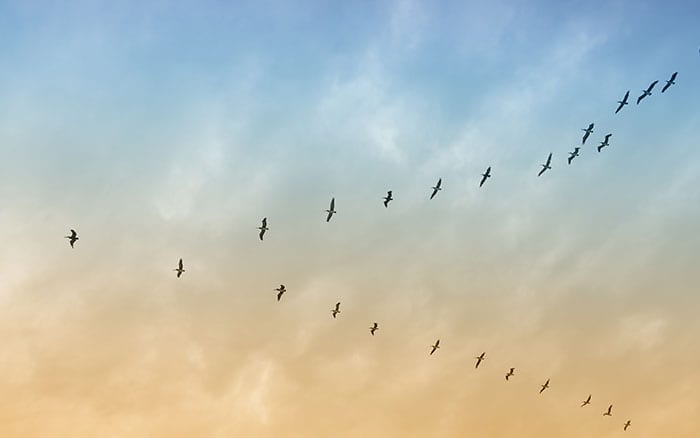
Bird migration depends on the weather and is never the same from year to year. If conditions are harsh in the birds’ native habitats, more of them will travel to warmer climates. But if not, many may not migrate.
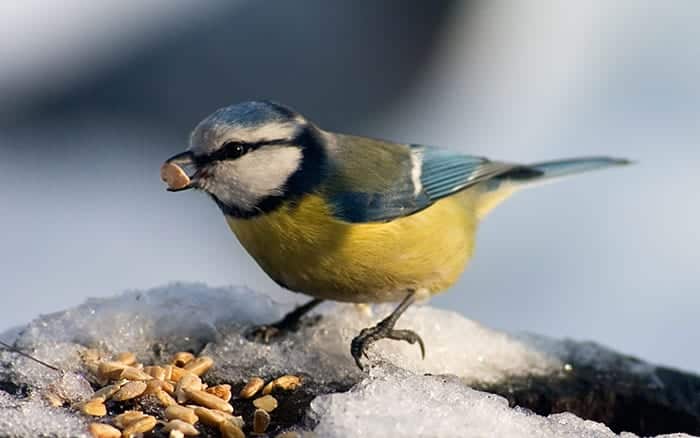
Food
The biggest challenge facing birds during winter is finding enough food. Eating is vital for them to maintain body fat and stave off the cold. But food sources become scarce during the winter months. The ground is frozen solid and snow, ice and frost hide seeds and berries.
The search for food often sends more birds into our gardens. In fact, it can be a lifeline for hungry birds during harsh weather.
You can help the birds by putting out some food for them, as well as fresh water when the ground is frozen. Keep both topped up and replenish it little and often.
Look out for bird activity first thing in the morning, as they replenish their energy, and in the evening to prepare for the cold night.
Here are some of the visiting birds you might spot during winter.
Brambling
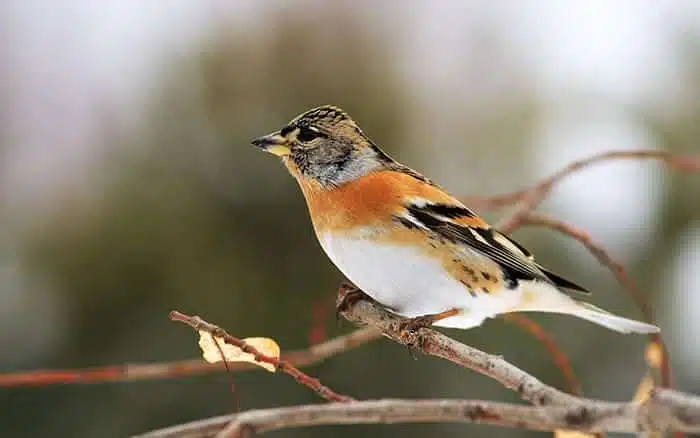
Bramblings breed in Scandinavia and Siberia, moving to southern Europe for winter. They like being around woodland but are common garden visitors and love to eat seeds. They can be found all across the UK except very north and west Scotland.
Bramblings are similar to the chaffinch in size and shape, and they often join up with flocks of chaffinches. You might spot them at the feeding table – look out for an orange breast and distinctive white belly.
Waxwing
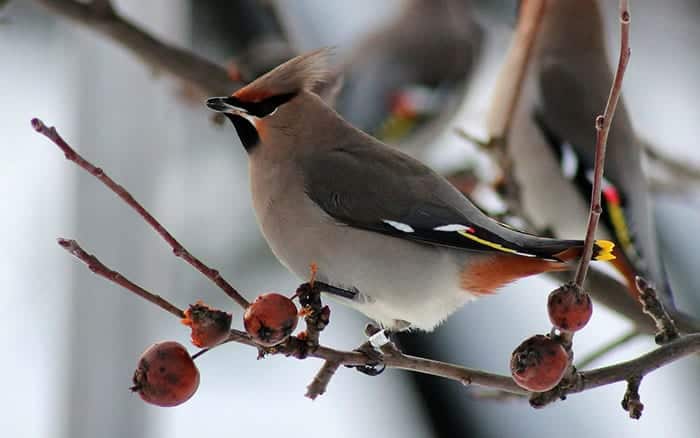
These are reddish brown with a striking crest and yellow-tipped tail. They live and breed in Scandinavia and some arrive on the east coast of Britain in winter, from Scotland to East Anglia. They eat berries and love rowan and hawthorn, as well as cotoneaster.
Waxwings do not visit the UK every winter. But every few years there is an ‘irruption’. This is an unusual mass migration to our shores when the waxwing population gets very large and food in Scandinavia becomes scarce. The birds are forced across the sea in search of berries.
Blackcap
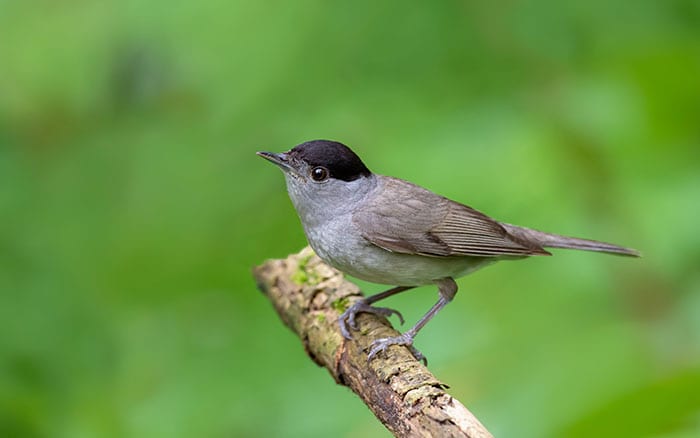
These are grey-coloured warblers with a distinctive black ‘cap’ on top of their heads. They are primarily a summer visitor, but recently more and more birds from north-east Europe are spending winter in the UK.
They eat insects and berries and live in woodland and parks, but are regular visitors to gardens. They have a distinctive call, which earned them the nickname ‘northern nightingale’.
Redwing
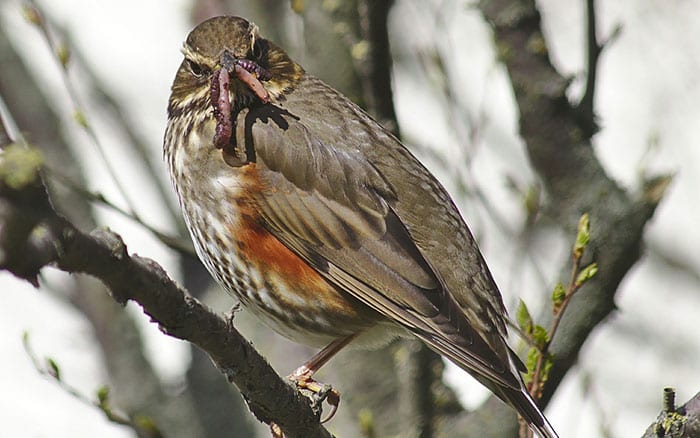
Redwings are the UK’s smallest true thrush. They have orange-red patches on the flank and live in the countryside and hedgerows.
They can be found all across the UK during winter, especially in Scotland as they travel down from the north. Redwings visit gardens when snow covers the fields, sending them looking elsewhere for food.
Fieldfare
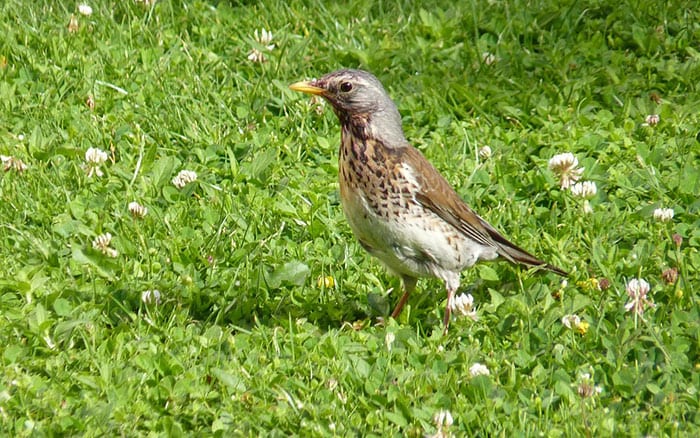
These are large, colourful thrushes. They have a distinctive hopping movement and stand very upright. They are social birds and travel in large flocks. They can be found everywhere in the UK during winter.
Fieldfare love to eat berries and insects and spend most of their time in the countryside, exploring fields and hedgerows. But they do come into gardens during snowy periods.
Brent geese
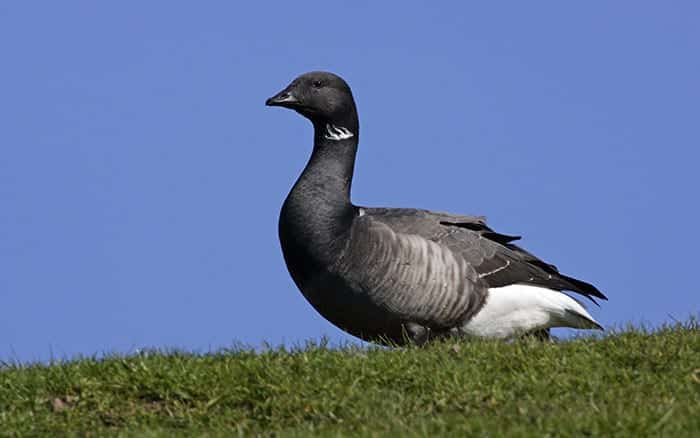
These are small dark geese that come from the Arctic to spend winter on our warmer shores. They mostly visit the east and south coasts of England and the coasts of Ireland.
Brent geese eat vegetation, especially eelgrass, and stay by the coast or estuaries. But many are now venturing further inland to farmland for grass and cereals.
Siskin
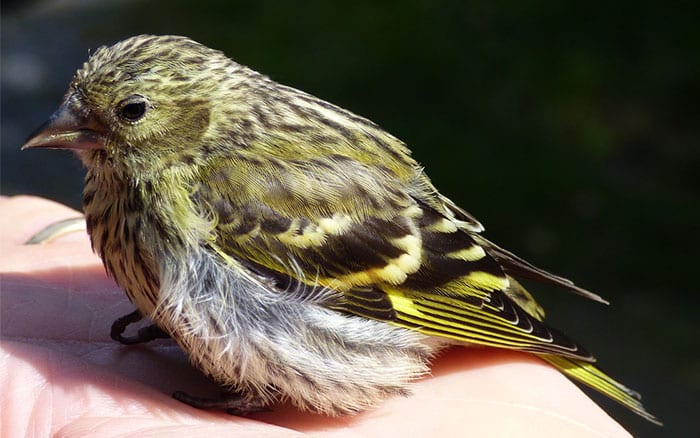
Siskins are resident in the UK, especially in Scotland and Wales. But more birds arrive from Europe during winter and spread across England. They are becoming more common visitors to the garden during the cold months.
Siskins are small finches with forked tails, black crowns and yellow-green plumage, especially on the wings and tail. They love to eat the seeds of conifers, alders and birch and can often be seen perched at the top of trees.
Snow bunting
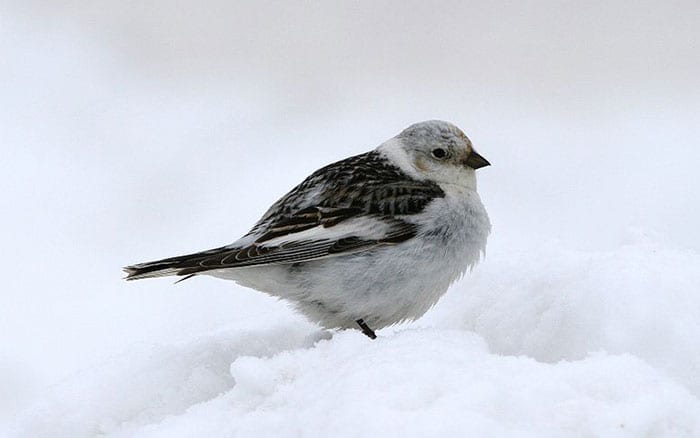
Snow buntings are large buntings with white plumage. They are a fairly rare sight in Britain, mostly found in coastal gardens in Scotland and eastern England.
Snow buntings are what is known as altitudinal migrants – they come down from higher ground in search of milder weather and food supplies. They breed in Scandinavia and Alaska.
Find out what natural food sources are available to birds in your garden.
Plus read how to make your own healthy, tasty fat balls.
And read more about winter garden birds at the RSPB.

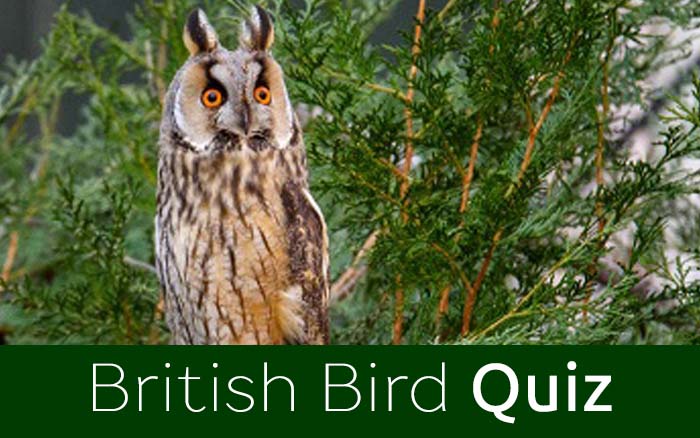
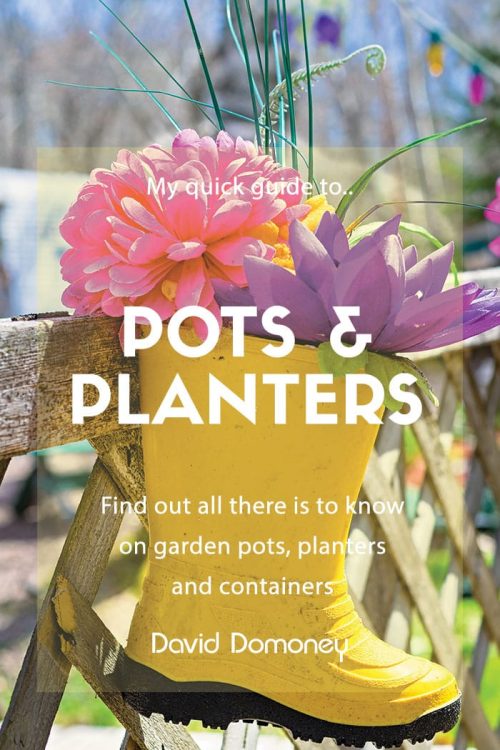
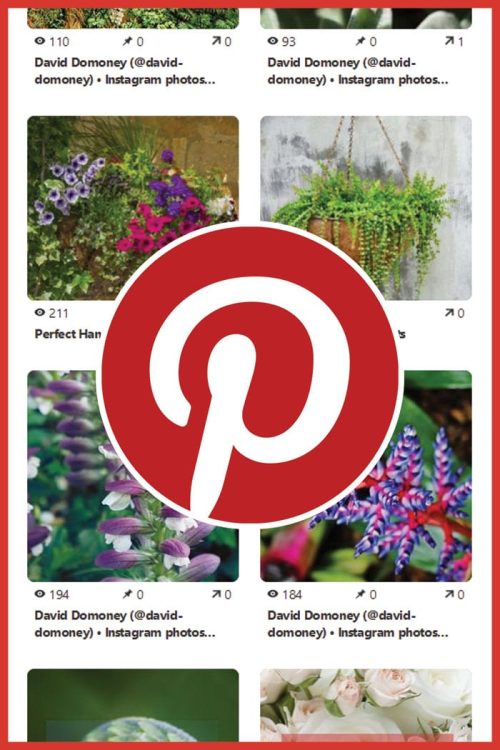
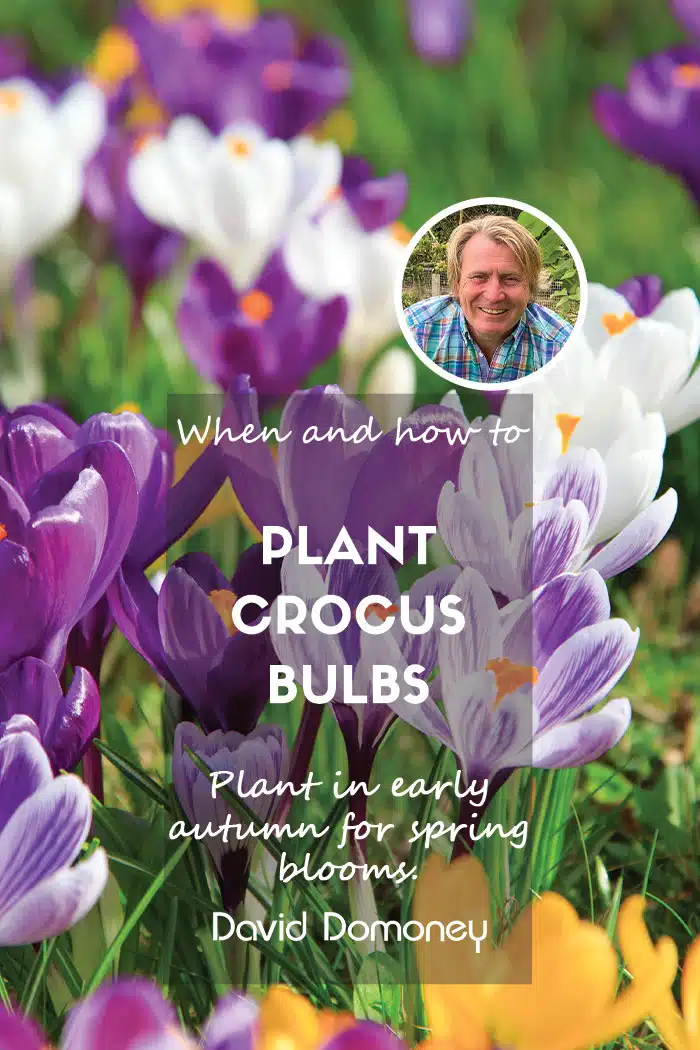
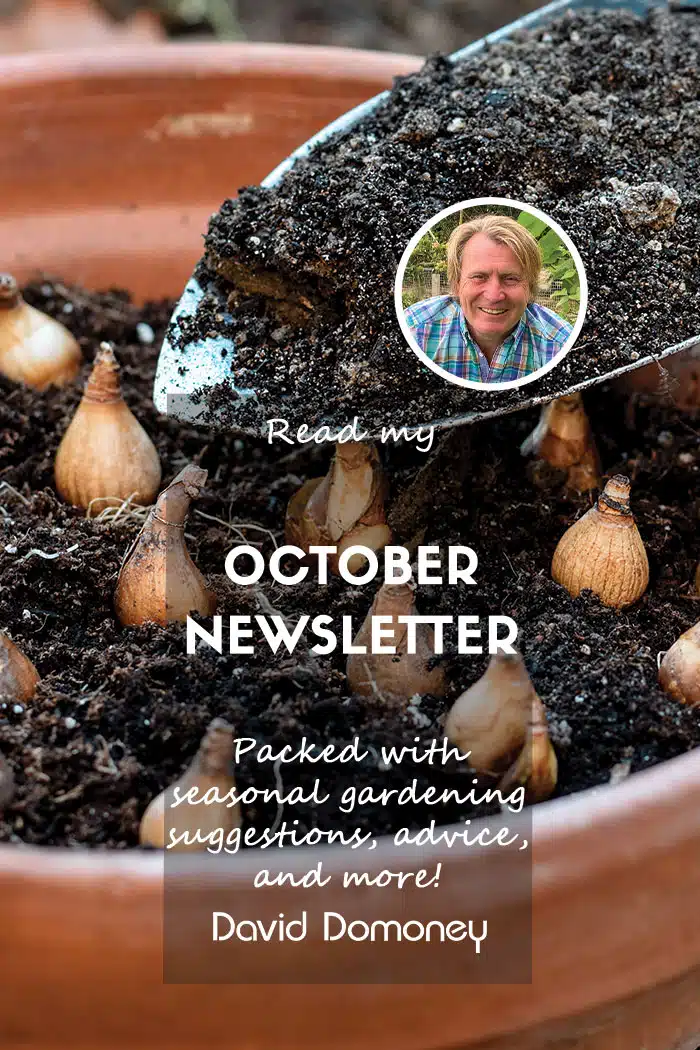
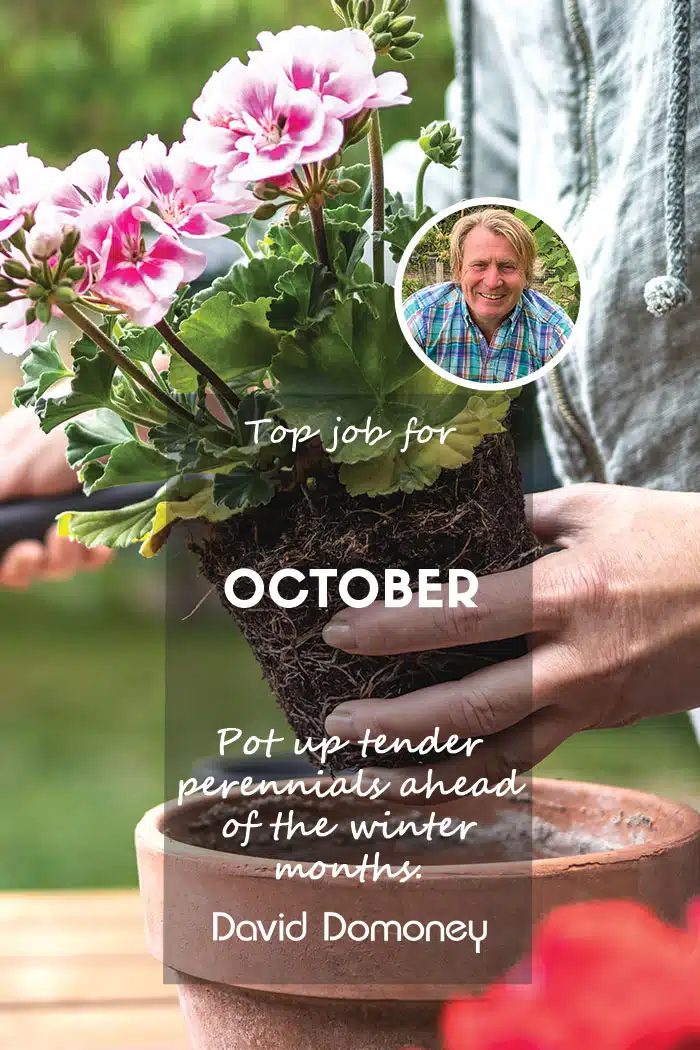
Leave A Comment